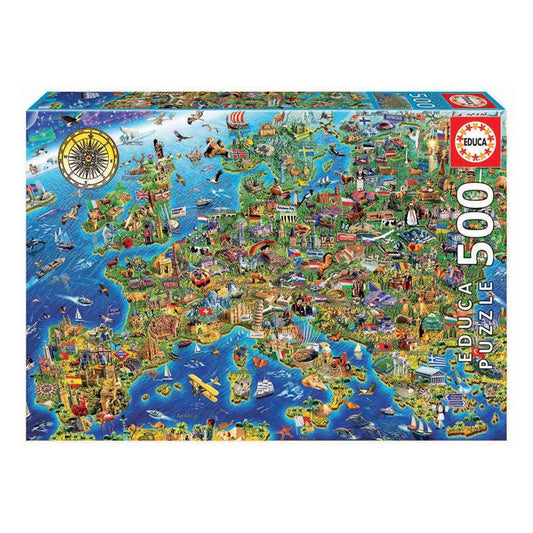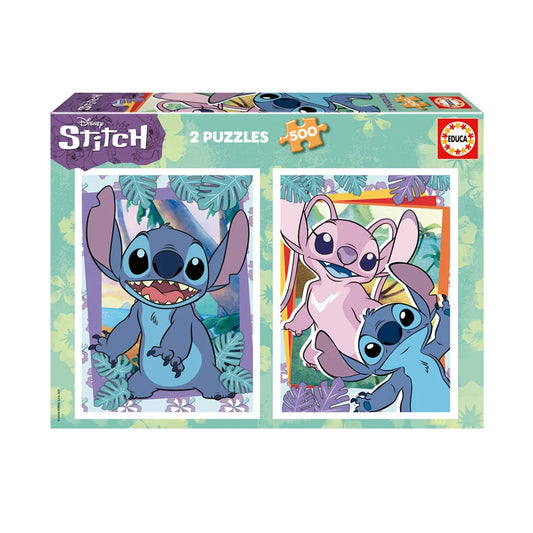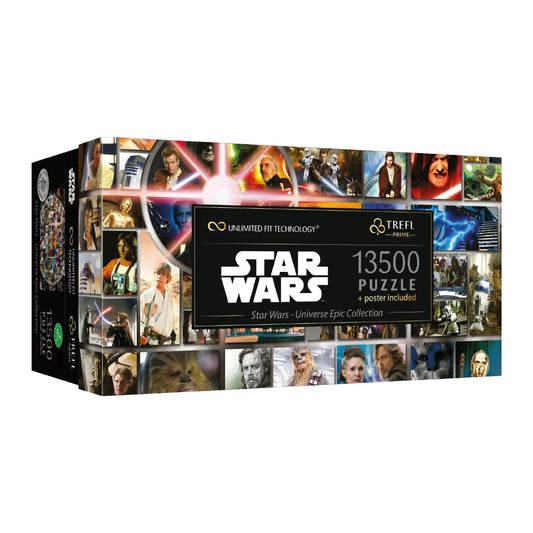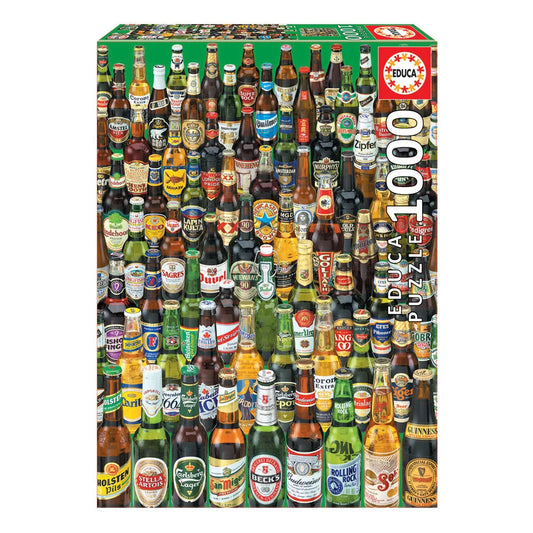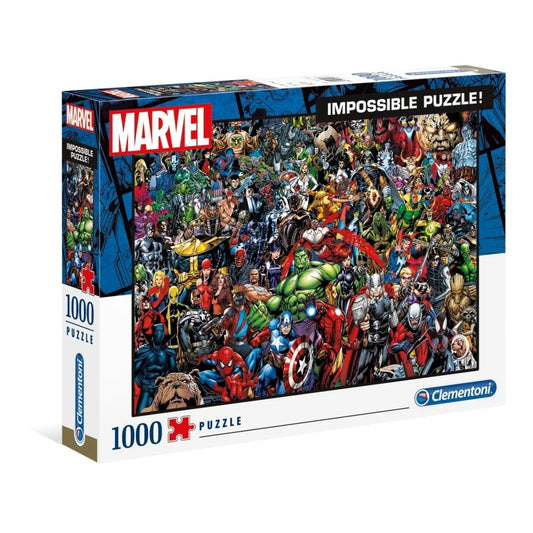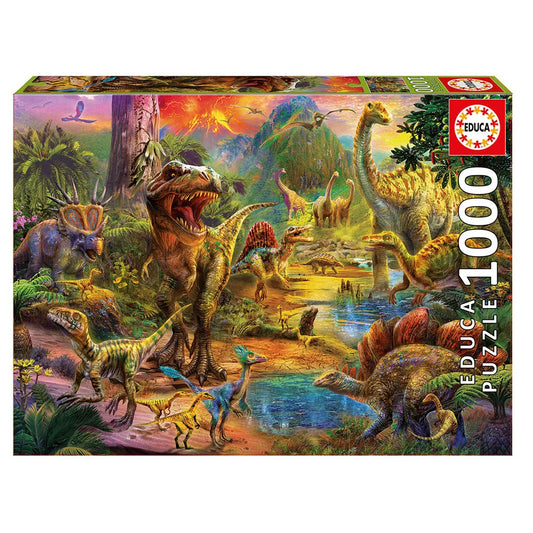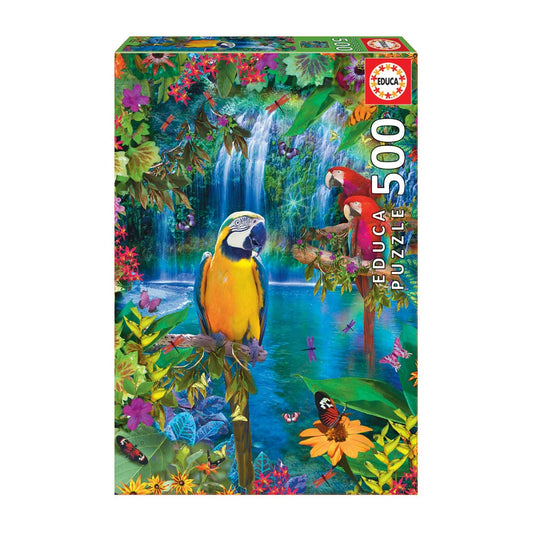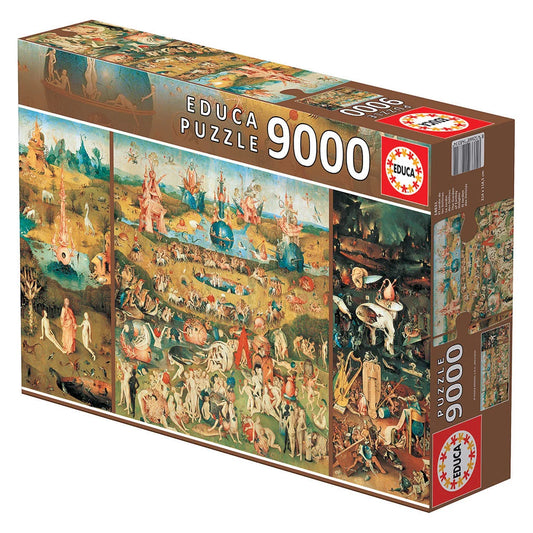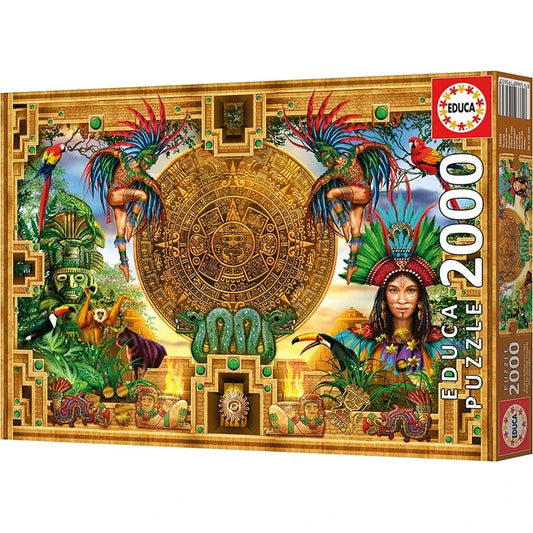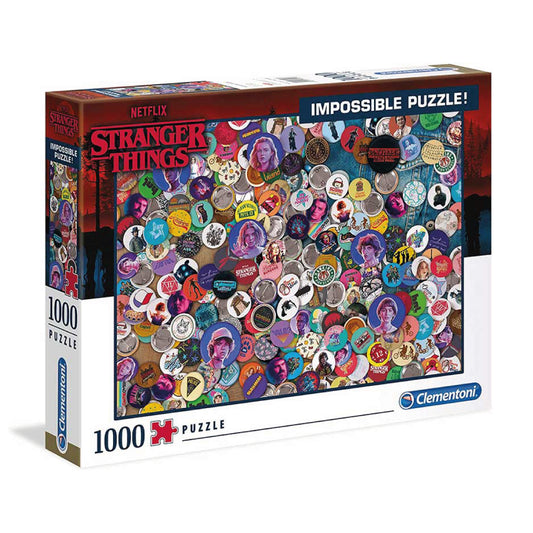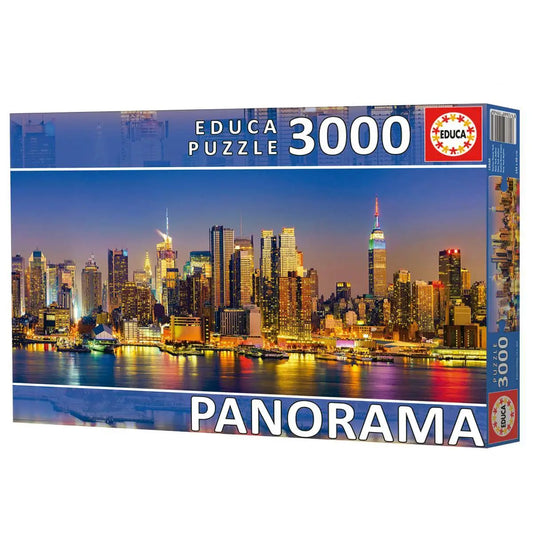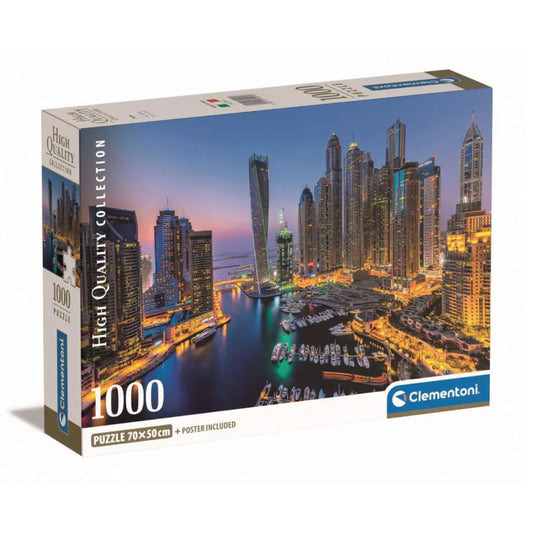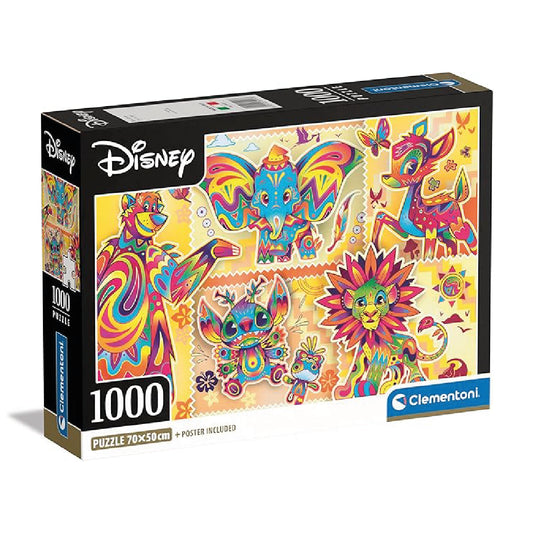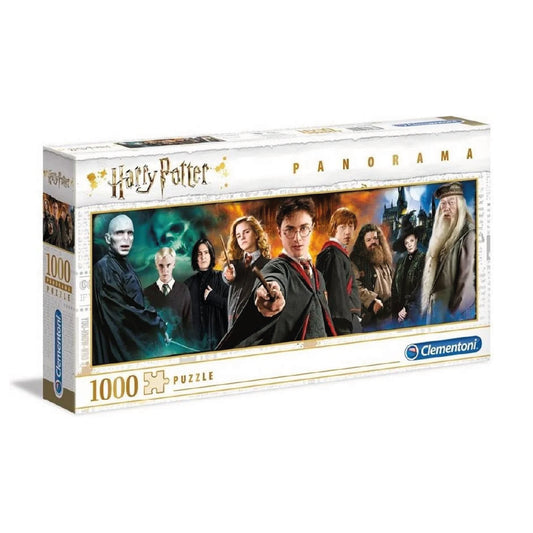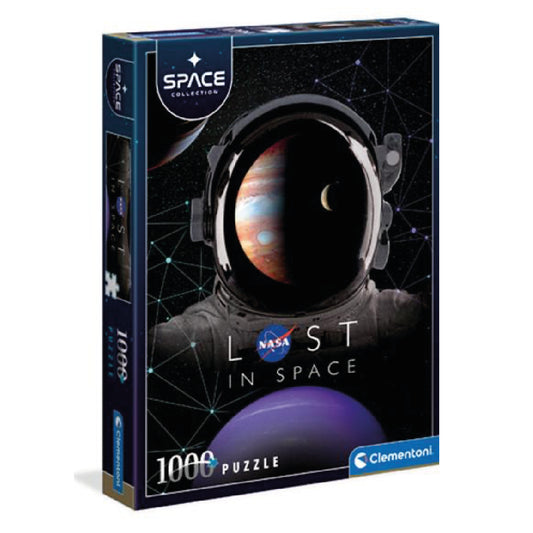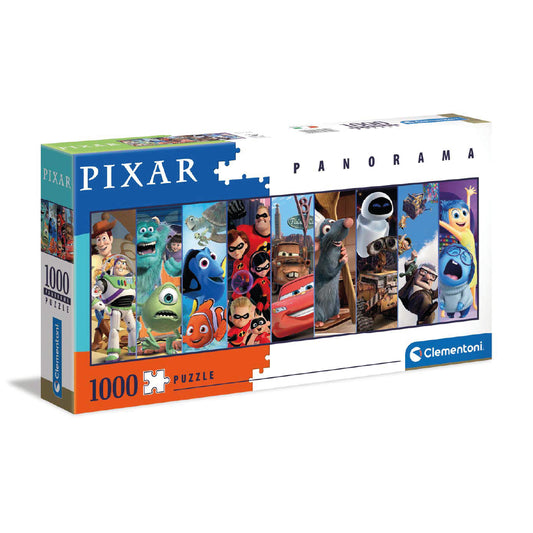
More than entertainment, it's development
Remember those endless Sunday afternoons when you were little? When the television only had two channels and video games were still a luxury? That's precisely when puzzles came into play, transforming the living room table into an arena for concentration and discovery. What if I told you that the importance of children doing puzzles goes far beyond just filling up free time? That each piece fitting together is actually a small neurological miracle in progress?
Today, in an age where screens dominate young children's attention, puzzles continue to be one of the most powerful tools for child development. It's not nostalgia—it's pure science.
The Secret Superpowers of Puzzles: Benefits That Go Beyond the Obvious
Cognitive development and motor skills
When a child picks up a puzzle piece, they're activating a veritable neurological orchestra. Fine motor skills come into play, coordinating precise movements between the fingers, while the brain processes shapes, colors, and patterns. It's as if each puzzle is a gymnasium for the growing brain.
Puzzles for children develop:
- Hand-eye coordination : essential for writing and other academic activities
- Pattern recognition : a fundamental basis for mathematics and logic
- Visual memory : crucial for learning and retaining information
- Concentration and patience : increasingly rare skills in the digital world
The Power of Problem Solving
Each puzzle is, essentially, a problem to solve. And here's the genius: children don't even realize they're practicing one of the most valuable skills in modern life. From the simplest wooden puzzles to 1,000-piece challenges, each one teaches critical thinking strategies.
It's as if we were creating little Sherlock Holmeses, capable of observing details, formulating hypotheses, and testing solutions. Who would have thought that Super Mario puzzle was actually a lesson in systems engineering?
Emotional and social benefits
Puzzles also act as true emotional regulators. The sense of achievement when a difficult piece is completed releases dopamine—the pleasure neurotransmitter—creating a positive association with persistence and effort.
When done as a family, they become bridges of communication. How many important conversations have been sparked around a table full of scattered pieces? Puzzles create genuine quality moments, away from digital distractions.
The most common mistakes (and how to avoid them)
Choosing the Wrong Difficulty Level
One of the most common mistakes is underestimating or overestimating a child's abilities. A puzzle that's too easy leads to boredom; one that's too difficult leads to frustration. The golden rule? Start with puzzles slightly below the expected level and gradually increase.
For children aged 2-3 : large 4-12 piece puzzles For children aged 4-5 : 20-50 piece puzzles For children aged 6-8 : 60-100 piece puzzles For children aged 9+ : 200+ piece puzzles
Pushing Too Hard or Doing for the Child
Here's a classic mistake made by well-intentioned parents: seeing their child struggling and "helping" by fitting the pieces together. Resist the temptation! The educational value of puzzles lies precisely in the struggle, the trial and error, the independent discovery.
Devalue Completion Time
There's no rush. A puzzle isn't a race—it's a journey. Some children finish in days, others in weeks. The important thing is to maintain interest and celebrate small progress.
Practical Recommendations: How to Maximize the Benefits of Building Puzzles
Create the Perfect Environment
The location where you work the puzzle is crucial. A well-lit table, a chair at the right height, and, ideally, a space where the puzzle can be completed between sessions. Nothing is more frustrating than having to undo your work halfway through!
Motivation strategies
Start at the edges : It's a classic technique that works. It gives a sense of immediate progress and creates visual structure.
Color-coded : Teaches organization and strategy. It's like creating a visual battle plan.
Celebrate milestones : When you complete a significant milestone, have a small celebration. A high-five , a photo, a special treat.
Evolve with age
Puzzles should grow with your child. Start with sturdy wooden puzzles for the little ones, progress to themed puzzles featuring their favorite characters (who doesn't remember Strawberry Shortcake or Dragon Ball puzzles?), and then move on to more complex challenges.
Integrate with Other Activities
Puzzles work exceptionally well when integrated with other learning:
- Map Puzzles : For Geography
- Animal Puzzles : For Natural Sciences
- Historical Puzzles : For History
- Art Puzzles : For Art Education
Recommended Puzzle Types by Age
For the little ones (2-4 years old)
Interlocking puzzles and wooden puzzles are ideal. Large pieces, bright colors, and simple shapes. The goal is to familiarize students with the concept of "fitting together" and develop basic coordination.
School age (5-8 years)
This is where themed puzzles come in. Cartoon characters, animals, vehicles—themes that capture the imagination and maintain interest. Puzzles with 20 to 100 pieces are perfect for this age group.
Pre-teens (9-12 years old)
It's time to introduce more serious challenges. Landscape puzzles, 3D puzzles, or even 500+ piece puzzles. Patience and concentration are already more developed.
Puzzles in the Digital Age: Finding Balance
While excellent digital versions exist, physical puzzles offer unique benefits that screens can't replicate. The texture of the pieces, the tactile satisfaction of a perfect fit, the possibility of physical collaboration—these are irreplaceable experiences.
This doesn't mean we should completely ignore digital options, but rather use them as a complement, not a replacement.
Conclusion: every piece counts in development
Puzzles are much more than just pastimes—they're developmental tools disguised as fun. In an increasingly fast-paced and digital world, they offer children something precious: time to think, experiment, and discover at their own pace.
The importance of children doing puzzles is reflected in skills they will carry into adulthood: patience, critical thinking, problem-solving, and the ability to see the "big picture" through small details.
If you're looking for puzzles suitable for the youngest members of the family, explore our selection at the Puzzles Store . From educational puzzles for early childhood to challenging challenges for growing minds, we have options for all ages and interests.
Because every child deserves to discover the joy of fitting together the last piece — and we're here to make that discovery possible.

